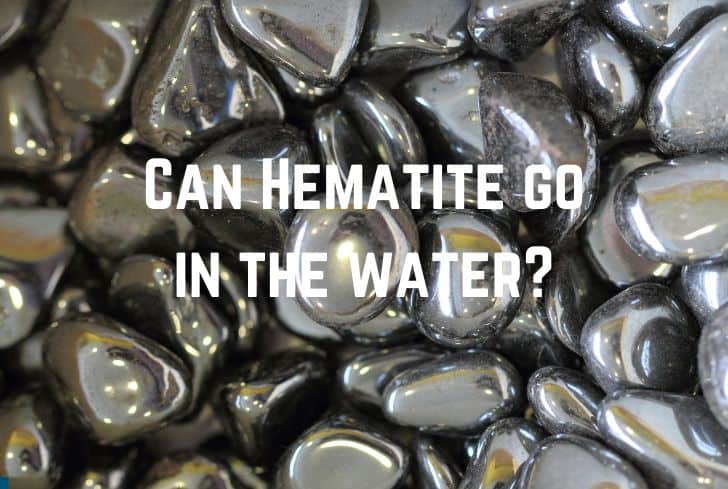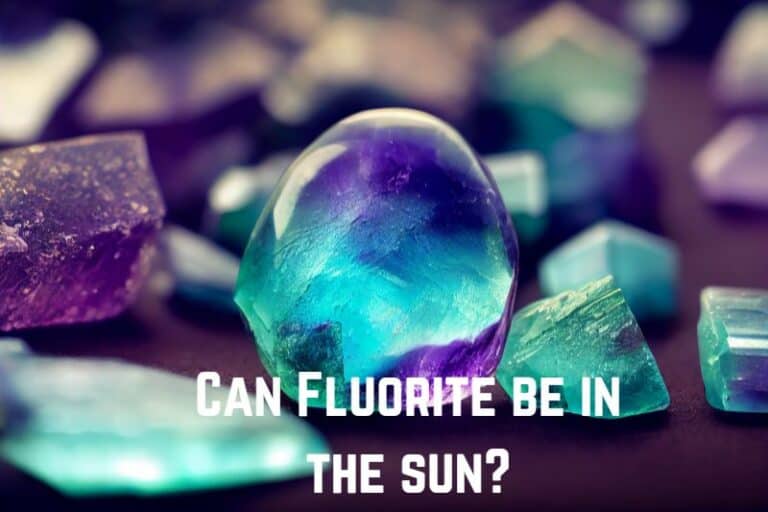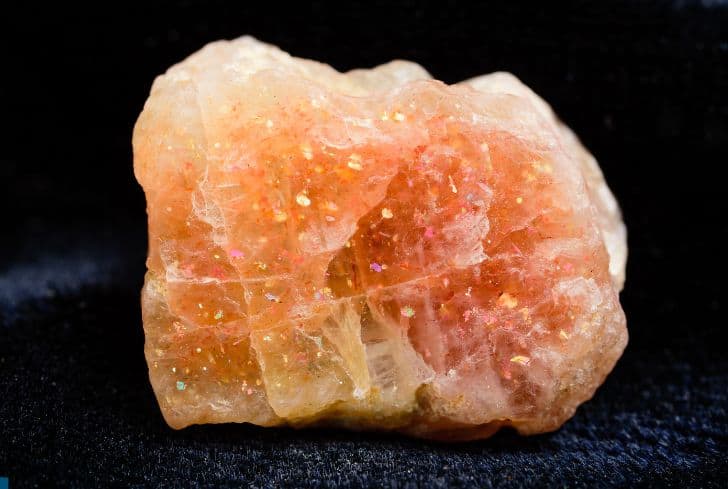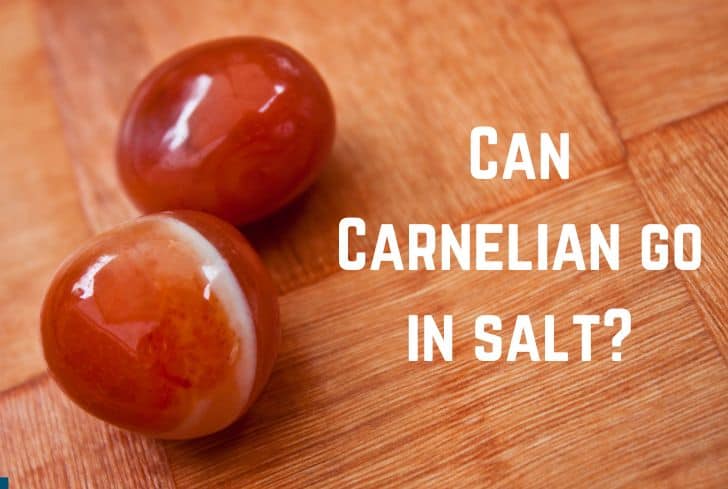Silver vs Aluminum (Differences & Similarities)

Silver and aluminum are both naturally occurring minerals. Their lustrous and reflective surfaces can often make the two appear confusing. Indeed, there are several similarities between the two elements too.
However, silver and aluminum also differ from each other in various ways. In this article, we will look at both the similarities & differences between the two. We will talk about their various properties such as pattern, color, etc. Finally, we will discuss their pricing and uses.
Read: Jasper vs Chert (Detailed Comparison)
Similarities Between Silver and Aluminum
Silver and aluminum are similar in the following ways:
- Nature: Both silver and aluminum are metallic elements. Therefore, they have high electrical and thermal conductivity. This is because, like all metals, the electrons in their atomic structure are free to move, thereby transferring heat and electricity.
- Appearance: Both elements have a shiny or lustrous surface when polished. This gives them a beautiful look, and the two elements (especially silver) are often used in decorative objects & jewelry. Moreover, both silver and aluminum have reflective surfaces. So, they can also be used in mirrors and reflective surfaces.
- Malleability: Silver and aluminum both have malleability, meaning that they can be easily beaten into sheets without breaking. They can withstand considerable pressure without shattering, which makes them useful in various applications.
- Resistance: Both silver and aluminum are resistant to corrosion, although due to different reasons. Silver is less reactive by nature and does not oxide easily; it forms a layer of silver sulfide. Aluminum also creates a thin oxide layer that protects it from corrosion.
- Conductivity: Both silver and aluminum are good conductors of electricity. The former is a better conductor but is more expensive; therefore it is used in specialized applications, say high-end electrical equipment. Copper is also quite conductive and is widely used in electrical applications due to its affordability.
Differences Between Silver and Aluminum
Chemical Composition & Weight
Silver has the atomic number 47, while aluminum’s atomic number is 13. This means that they have 47 and 13 protons in their nuclei, respectively.
In terms of electronic configuration, silver involves the filling of electron orbitals in the 4d and 5s subshells. It has one valence electron in its outermost shell. Silver is a precious metal belonging to the copper transition elements group.
Aluminum, on the other hand, fills 3s and 3p subshells. It has three electrons in its outermost shell. On the periodic table, it belongs to the boron group.
The two also differ in terms of weight and density. Silver is a relatively heavy metal and its atomic weight is approximately 107.87 g/mol. In simpler terms, if you were to pick up the same volume of silver and other common materials, silver would be heavier.
This is related to the density. Silver has an approximate density of around 10.49 grams per cubic centimeter (g/cm³) at room temperature. This makes it higher density than most other minerals and contributes to its heavy weight.
Aluminum, on the other hand, is a lightweight mineral. Its atomic weight is approximately 26.98 g/mol, which is almost a quarter of silver’s. Similarly, it also has a low density of 2.70 g/cm³ at room temperature.
The respective density of both elements contributes to their uses. Silver’s high density makes it good for coins & jewelry. Aluminum’s low density makes it ideal for lightweight applications such as the aerospace and automobile industries.
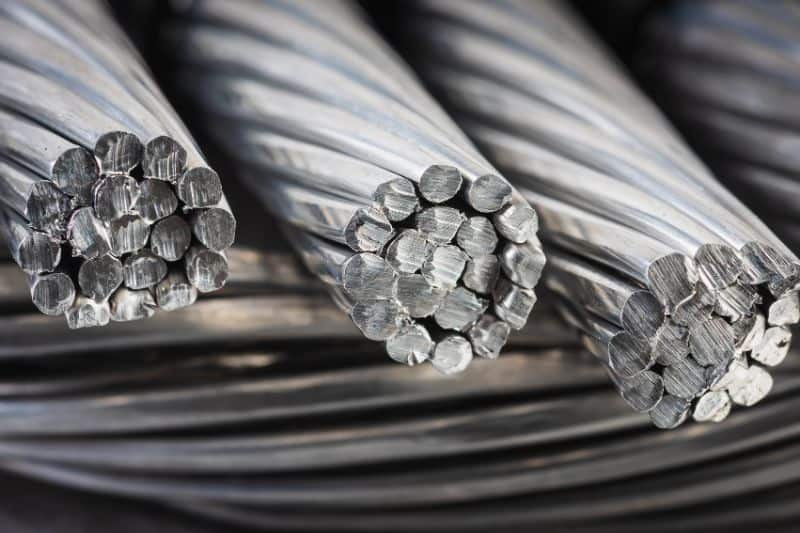
Color
Both silver and aluminum appear silvery or silvery-white.
Silver has a bright, lustrous, and shiny metallic white color. Being one of the most reflective metals, its polished surface appears silvery-white. This beautiful look is what makes silver so loved, making it great for decorative objects & jewelry.
Aluminum also has a silvery-gray color, but it is somewhat light. Its appearance can also be shaped by factors like surface treatment, oxidation, and impurities. On a fresh polish, it has a shiny silver-white look; but over time, it often develops a protective oxide layer on its surface, which has a duller, grayish hue.
Check out this video by SalivateMetal to learn what makes silver so special.
So, while both elements are silvery-white, silver is generally associated with a brighter, more reflective color.
Hardness
Both silver and aluminum are relatively soft minerals.
Mohs Hardness Scale is a measure of the relative resistance of minerals to scratching. Besides resistance to scratching, the scale also helps us understand a mineral’s relationship to water. A value of 5 or above on the scale means that the mineral can survive underwater.
Both silver and aluminum have a value of about 2.5 to 3 on the Mohs Hardness Scale. This means that they can easily be scratched and deformed. This is why they need to be handled with care.
Pattern and Clarity
Neither silver nor aluminum show any pattern like other gemstones.
Both are silvery-white in appearance, although with slightly different levels of brightness/reflectiveness. However, they do not have any pattern. They have a uniform and metallic appearance, which is reflective.
Zodiac Sign
Both are associated with different zodiac signs and metaphysical beliefs.
Silver is considered very auspicious for Taurus, Cancer, Scorpio, and Pisces. It is believed to be connected to the Celtic goddesses. Silver is said to raise sensitivity & compassion, expand awareness, and enhance intuition.
Aluminum is believed to help with finding out our sense of identity. It directs us to our life purpose and improves our grip on the present moment.
Location
Silver and aluminum differ in their abundance and location.
Silver is a scarce metal and it constitutes 0.08 parts per million (ppm). This scarcity contributes to its high price as a precious metal. Typically, silver is extracted from silver-bearing minerals such as argentite (Ag2S) and horn silver (AgCl).
Sometimes, we also obtain it as a byproduct of mining for other metals like lead and zinc. The leading sources of silver include Mexico, Peru, China, etc.
Aluminum, on the other hand, contributes to 8.23% of the Earth’s crust by weight. So, aluminum is a very common element and is found in a wide range of minerals. Aluminum is typically extracted from bauxite ore.
Bauxite is composed of aluminum hydroxide minerals (along with other elements like silica, iron oxide, etc.) that are abundantly available. Aluminum is obtained from countries like Australia, Guinea, Brazil, etc.
Care
Both are relatively soft minerals, so pay special attention to their cleaning and care.
Silver generally gets tarnished upon exposure to air and sulfur-containing compounds. To fix this, use a silver polish or a specially designed silver cleaning cloth. Rub the tarnished areas gently. Do not use abrasive materials like steel wool, as they can scratch the silver.
Aluminum can also become dull and accumulate dirt. Use a mild detergent or aluminum-specific cleaner. For stubborn stains, you may need a mixture of water and vinegar to clean. Rinse the aluminum piece thoroughly and then dry with a soft cloth.
Which is More Expensive: Aluminum or Silver?
Silver is more expensive than aluminum due to its rarity and greater demand in jewelry.
Silver can cost over $300 per pound. Aluminum, on the other hand, can come for less than a dollar for the same quantity.
Read: Labradorite vs Moonstone (Detailed Comparison)
Uses of Silver and Aluminum
These are the uses of silver:
- Jewelry: For centuries, silver has been used to create exquisite jewelry, including rings, necklaces, bracelets, etc. Its beautiful appearance along with its malleability make it ideal for this purpose. Moreover, it is also used for decorative items like silverware.
- Electrical Applications: Silver is an excellent conductor of heat and electricity. This is why it is used in high-quality electrical connectors, circuit boards, and various electronic components.
- Medical Use: Silver also possesses antimicrobial properties that make it valuable for medical applications. It is used in wound dressings, bandages, and coatings to prevent infections and promote healing. Silver is also used in antimicrobial creams and ointments.
These are the uses of aluminum:
- Transportation Industry: Aluminum is widely used in the transportation industry due to its lightweight; this helps reduce fuel consumption and improve vehicle efficiency. It is used in bicycles, automobiles, and aircraft. It is a crucial component in engine blocks, wheels, etc.
- Packaging: It is also used in packaging, due to its corrosion-resistant, and highly malleable nature. Beverage cans, food containers, and foil wraps are made up of aluminum. These help protect products from light, air, and moisture. Plus, it’s also recyclable.
- Construction: Due to its corrosion resistance and ability to withstand harsh weather, aluminum is widely used in the construction industry. It is used to create window frames, doors, and roofing materials. The lightweight nature of aluminum is also crucial in skyscrapers, where reducing the structure’s overall weight is important.
Conclusion
In this article, we have compared silver and aluminum. While both have a silvery-white appearance and other similarities (like hardness), they are also quite distinct in many ways, such as their density. We also looked at the abundance and pricing of the two elements. Finally, we learned how to care for them and their uses.


